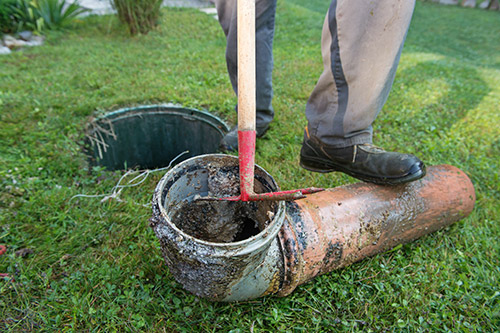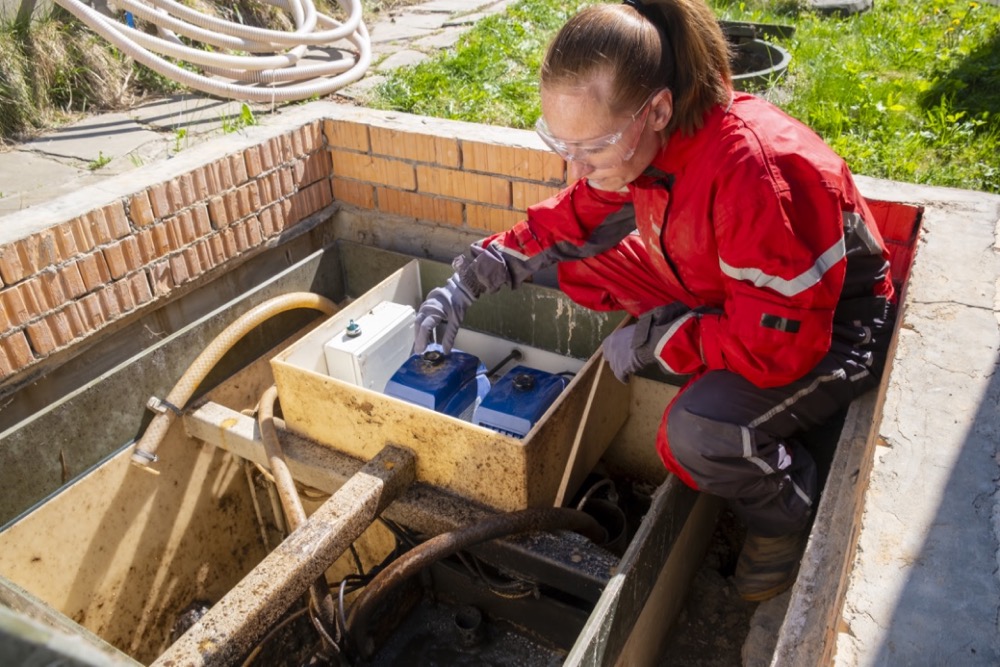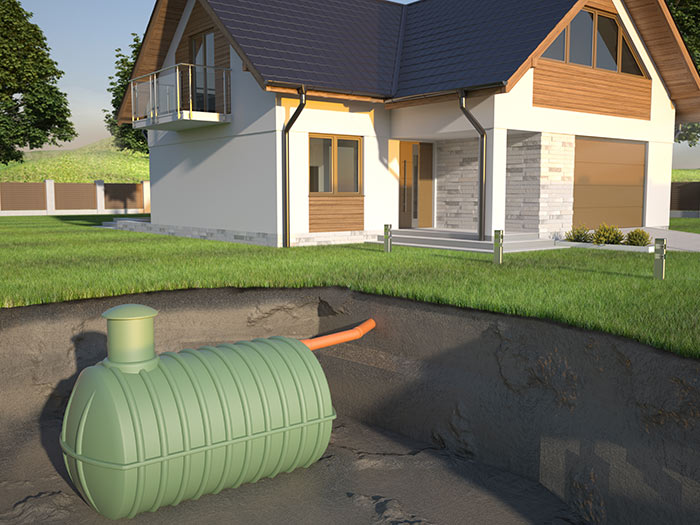
When septic systems are properly designed, constructed, and maintained, they effectively reduce or eliminate most human health or environmental threats posed by pollutants in household wastewater. However, they require regular maintenance or they can fail. Septic systems need to be monitored to ensure that they work properly throughout their service lives.
Saving money
A key reason to maintain your septic system is to save money! Failing septic systems are expensive to repair or replace, and poor maintenance is often the culprit. Having your septic system inspected regularly is a bargain when you consider the cost of replacing the entire system. Your system will need pumping depending on how many people live in the house and the size of the system. An unusable septic system or one in disrepair will lower your property value and could pose a legal liability.
Protecting health and the environment
Other good reasons for safe treatment of sewage include preventing the spread of infection and disease and protecting water resources. Typical pollutants in household wastewater are nitrogen, phosphorus, and disease-causing bacteria and viruses. If a septic system is working properly, it will effectively remove most of these pollutants.
With one-fourth of U.S. homes using septic systems, more than 4 billion gallons of wastewater per day is dispersed below the ground’s surface. Inadequately treated sewage from septic systems can be a cause of groundwater contamination. It poses a significant threat to drinking water and human health because it can contaminate drinking water wells and cause diseases and infections in people and animals. Improperly treated sewage that contaminates nearby surface waters also increases the chance of swimmers contracting a variety of infectious diseases. These range from eye and ear infections to acute gastrointestinal illness and diseases like hepatitis.
Source: epa.gov


